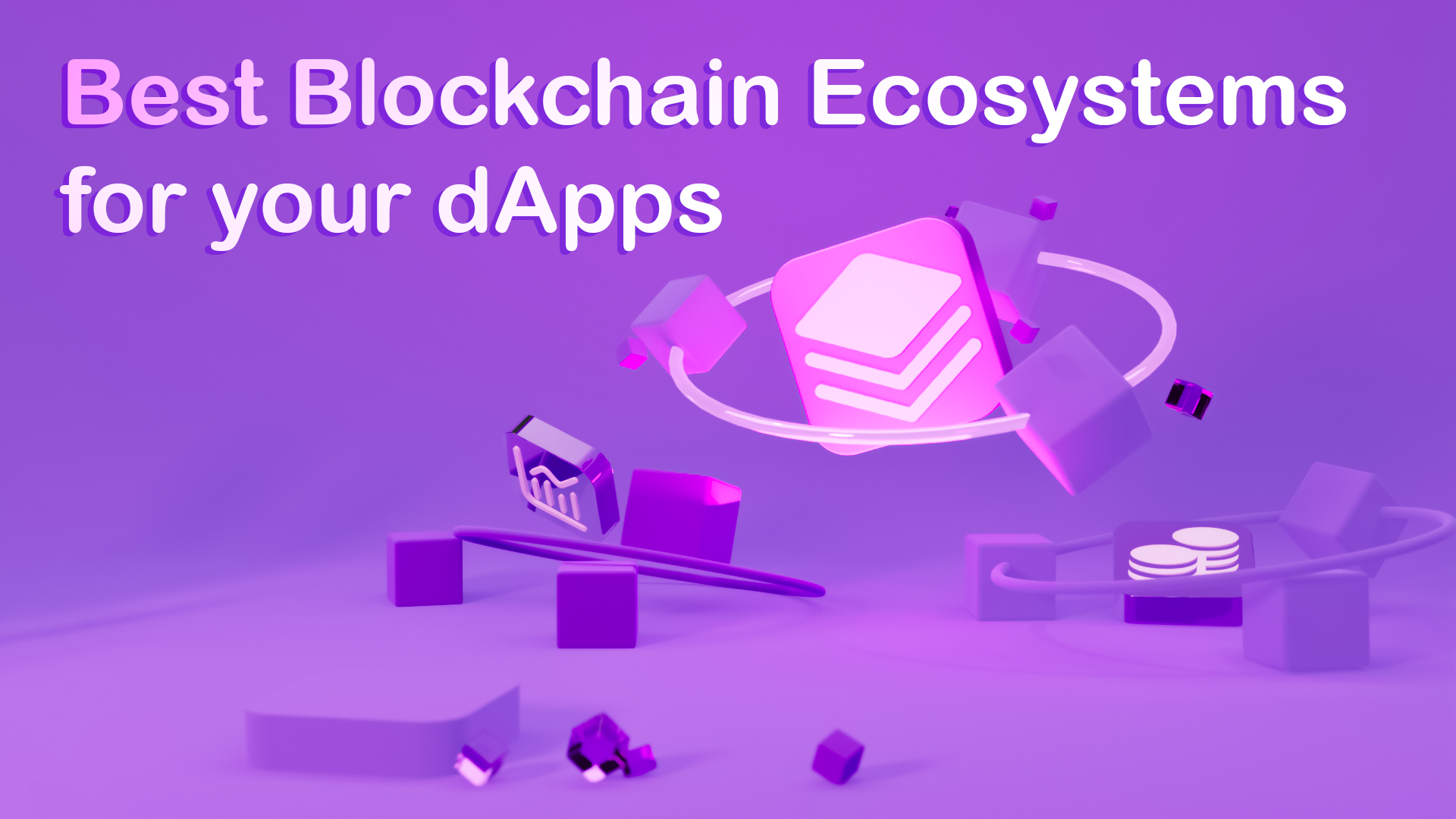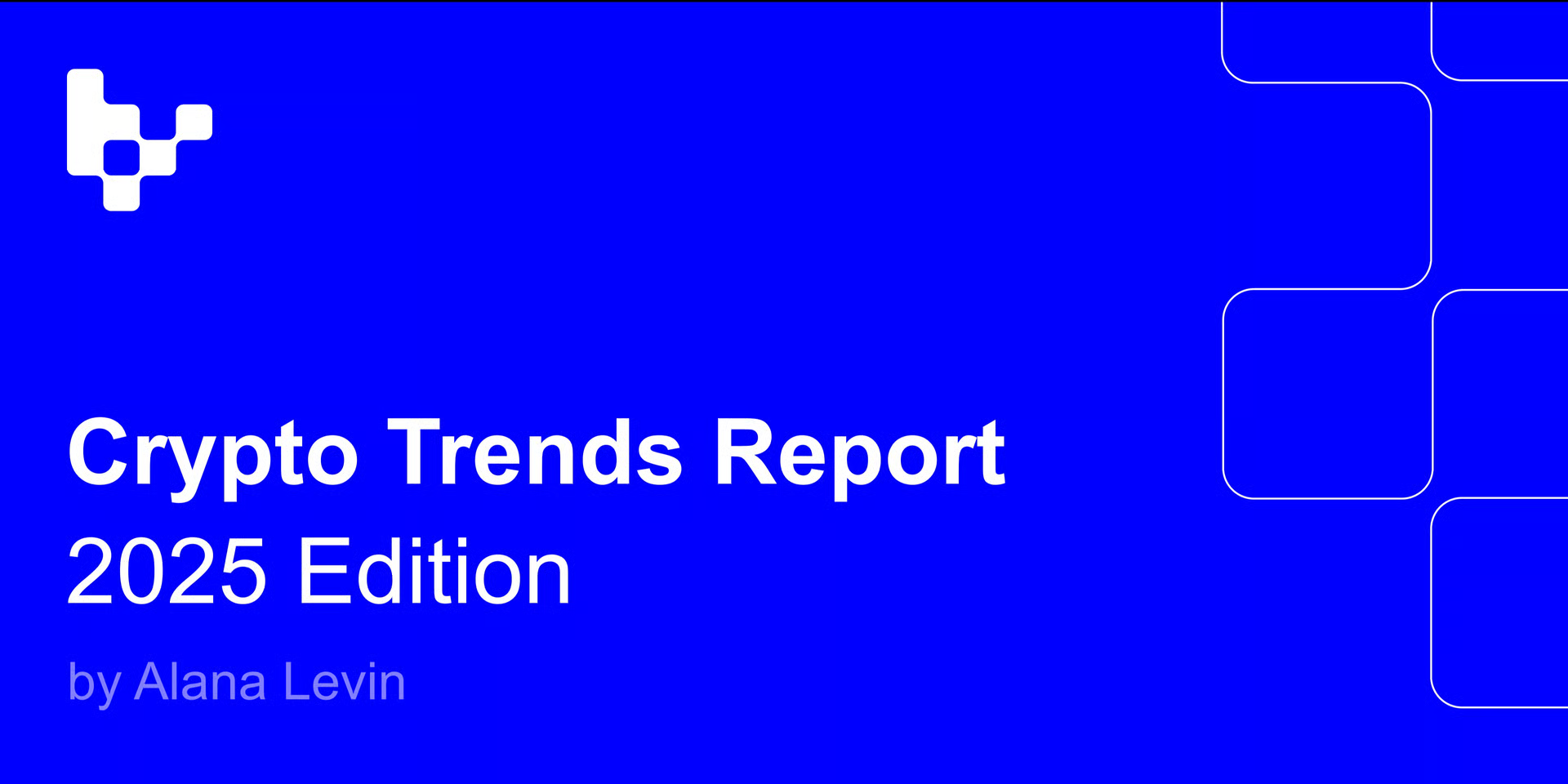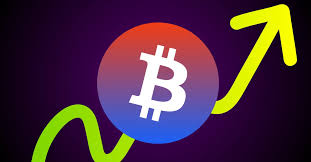Decentralized applications, or dApps, have become a cornerstone of the blockchain revolution, offering innovative solutions across various industries. Choosing the right blockchain ecosystem for your dApp is important for success. In this blog, we'll delve into some of the best blockchain ecosystems, each offering unique features and advantages for dApp development.
How to Choose the Best Blockchain Ecosystem
Choosing the best blockchain ecosystem for your project is a critical decision that can significantly impact the success and functionality of your decentralized application (dApp). Here's a guide to help you navigate the decision-making process:
1. Define Your Project Requirements:
Use Case: Clearly define the purpose of your dApp. Different blockchains specialize in various use cases, such as finance, supply chain, identity verification, or gaming.
Scalability Needs: Assess the scalability requirements of your project. Consider the transaction volume your dApp is expected to handle and choose a blockchain that can scale accordingly.
2. Consider Interoperability:
Interconnectedness: Evaluate whether your dApp needs to interact with other blockchain applications or assets. Some ecosystems, like Cosmos and Polkadot, are designed with interoperability in mind, allowing for seamless communication between different blockchains.
3. Examine security measures:
Consensus Mechanism: Understand the consensus mechanism employed by the blockchain. Popular mechanisms include Proof of Work (PoW), Proof of Stake (PoS), and Delegated Proof of Stake (DPoS). Each has its strengths and weaknesses in terms of security and efficiency.
4. Evaluate Development Tools and Frameworks:
Developer-Friendly Tools: Assess the availability of development tools and frameworks provided by the blockchain ecosystem. A robust set of tools, documentation, and a supportive developer community can significantly ease the development process.
5. Community and Support:
Active Community: Join forums, social media groups, and developer communities associated with potential blockchain ecosystems. An active and supportive community can provide valuable insights, and assistance, and keep you informed about updates and best practices.
6. Scalability and Performance:
Throughput: Consider the throughput and transaction speed of the blockchain. High-performance blockchains are essential, especially if your dApp involves a large number of transactions or requires low latency.
7. Regulatory Compliance:
Legal and Regulatory Environment: Be aware of the legal and regulatory environment associated with the blockchain ecosystem. Some blockchains may have specific regulatory considerations, and compliance can be crucial for the success and longevity of your project.
8. Cost Considerations:
Transaction Costs: Evaluate the transaction costs associated with the blockchain. Some blockchains have lower transaction fees than others, and these costs can impact the economic viability of your dApp.
9. Existing Use Cases and Partnerships:
Successful Projects: Look into existing dApps and projects built on the blockchain. Assess their success stories and learn from their experiences. Consider whether the blockchain has established partnerships with reputable organizations.
10. Upgradability and Flexibility:
Upgrading Mechanism: Assess the blockchain's ability to adapt and upgrade. A flexible ecosystem that can incorporate new features and improvements is crucial for the long-term viability of your dApp.
11. Ecosystem Governance:
Governance Model: Understand how decisions are made within the ecosystem. Some blockchains have decentralized governance models where stakeholders participate in decision-making processes.
12. Documentation and Transparency:
Documentation Quality: Examine the quality and comprehensiveness of the documentation provided by the blockchain. Transparent and well-documented protocols contribute to a smoother development experience.
The Best Blockchain Ecosystem - CosVM
CosVM, short for Cosmos Virtual Machine, is a cutting-edge blockchain virtual machine that powers the Cosmos network. Cosmos, known for its interoperability and scalability, offers a unique environment for building and deploying decentralized applications.
1. Unprecedented Interconnectedness:
CosVM sets itself apart with its emphasis on interconnected blockchains. The Cosmos network fosters seamless collaboration between different blockchains, expanding the potential for your dApp to interact with a diverse range of applications and assets.
2. Security Beyond Measure:
CosVM inherits the security measures implemented by the Cosmos network. The robust consensus mechanism ensures the integrity and security of transactions, providing a trustworthy foundation for your dApp.
3. Performance Excellence:
CosVM's commitment to scalability translates into superior performance. Whether your dApp involves high-frequency transactions or social interactions, CosVM's architecture is designed to meet and exceed the demands of your project, ensuring an exceptional user experience.
Why CosVM for Your dApp?
1. Interconnected Blockchains
One of the standout features of CosVM Network is its ability to connect different blockchains. This means that your dApp can interact with other applications and assets across various blockchain networks within the Cosmos ecosystem. This interconnectedness opens up new possibilities for collaboration and data sharing.
2. Enhanced Security
Security is paramount in the world of blockchain, and CosVM doesn't disappoint. The Cosmos network employs a robust consensus mechanism, ensuring the integrity and security of transactions. By building your dApp on CosVM, you inherit the security measures implemented across the Cosmos ecosystem.
3. Improved Performance
CosVM's focus on scalability translates to improved performance for your dApp. Whether you're dealing with a high-frequency trading platform or a social networking application, CosVM's architecture can handle the demands of your project, ensuring a smooth and efficient user experience.
Getting Started with CosVM
1. Setting Up Your Environment
To begin building your dApp on CosVM, you'll need to set up your development environment. This typically involves installing the necessary software development kits (SDKs) and tools provided by the Cosmos team.
2. Choosing the Right Components
CosVM offers a variety of components and modules that you can leverage for your dApp. Depending on your project's requirements, you may want to explore features such as the Cosmos Software Development Kit (SDK), which simplifies the development process.
3. Joining the CosVM Community
Building on CosVM is not just about code – it's also about being part of a vibrant and collaborative community. Join forums, attend meetups, and engage with fellow developers to share knowledge and stay updated on the latest developments within the Cosmos ecosystem.
Conclusion
As the blockchain space continues to evolve, choosing the right ecosystem for your dApp is a decision that can shape the success of your project. CosVM, with its emphasis on interoperability, scalability, and security, stands out as a compelling choice for developers looking to create innovative and high-performance decentralized applications. Explore the possibilities of CosVM Network and unlock the full potential of your dApp in the Cosmos network.















